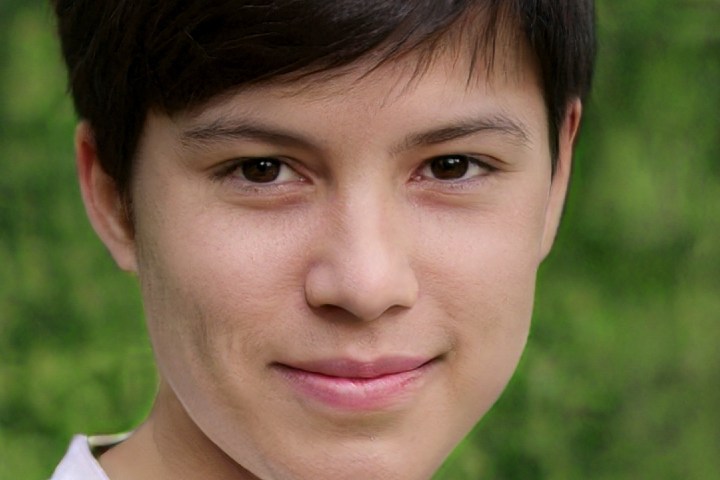
Have you seen this man? No, he’s not a missing person. Or at least not in any conventional sense. The face in question was generated by an artificial intelligence on the new website ThisPersonDoesNotExist.com. While it’s been clear for quite some time that modern A.I. is getting pretty darn good at generating accurate human faces, it’s a reminder of just how far we’ve come from the uncanny valley effect seen in movies like 2004’s Polar Express.
The site is the work of Philip Wang, a software engineer at Uber. Wang says that the idea for the project started in 2014 with a conversation with Ian Goodfellow, a deep -earning research scientist, currently at Google Brain, who introduced the concept of a generative adversarial network (GAN). They discussed the notion of pitting two neural networks against one another: One designed to generate new images, and the other to figure out which images are computer-generated and which are real. Over time, the “generator” network becomes adept at creating images so realistic they can fool the “discriminator.” (If that sounds familiar, it’s because it was also the technology behind last year’s art-generating A.I., which created a painting that sold for big bucks at a Christie’s auction.)
Using the latest state-of-the-art GAN, devised by Nvidia A.I. Labs, Wang trained his deep-learning algorithm to generate faces, based on a data set of 70,000 high-resolution images. The results … well, you can see them for yourself by checking out the website. Hitting refresh will iterate an entirely new face.
“[The faces you see] are entirely original, by our definitions of ‘original,’” Wang told Digital Trends. “No human being is truly ‘original’ [since] we are all bounded by the data we are exposed to since birth. Even an artist, when asked to draw up anything, would only be able to draw things they have seen in their lifetimes. These neural networks are quickly approaching originality on the same level as we would. If given the same amount of data and enough training, it learns to break down the data into its most fundamental features, and then reconstitute them into new believable forms. It isn’t just a program that cuts and pastes memorized parts of the training set into a new image.”


